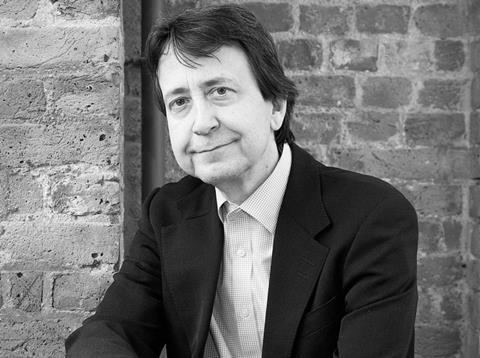Streets are places too - but you’d be forgiven for thinking most councils hadn’t got the memo, argues Hank Dittmar

I was reluctant to write this column about street design, as the past decade has seen a positive change in our approach to the design and management of city streets. Beginning with 2007’s Manual for Streets, there has been a recognition that streets are public realm, that cars are not the only or even the primary users of city streets, and that designing for slower speeds can save lives. The 20mph speed limit has been adopted for a quarter of London’s streets, and busy corridors and junctions all over are being redesigned to accommodate cyclists and pedestrians.
But it’s still not good enough. Outside London, the Manual for Streets is often viewed as slightly daft national meddling, and planners and county highway engineers still insist on banning on-street parking, requiring excessive turn radii, and installing guard rails and bollards to inhibit those pesky pedestrians. Speed limits are excessive and the notion that one can design a street to reduce speed, improve safety and still maintain throughput is not yet accepted.
Even in London, street design and urban design are not well integrated. The latest generation of reconfigurations stress cycle accessibility and expanding pedestrian space, but they tend to do so by leaving vast leftover spaces, reclaimed from the street but lacking a purpose or the features which would attract people to linger.
The recent changes at Archway are a case in point. The new junction seems to work well for the car and the cyclist and the junction is easier to cross if one is walking, so that is all to the good. But the large paved area reclaimed from the carriageway lacks definition and feels windblown. I fear the same will be the case at Old Street roundabout and at Highbury and Islington, both of which are getting the peninsular treatment.
Even the celebrated Exhibition Road has its problems, despite the care that has gone into it. The southern part, as one approaches South Kensington tube station, has really come alive since the Dixon Jones remake. It works because it is enclosed by buildings on three sides and by the visual termination of the streets, making it a place for people. The museum section of the street is more problematic. Too long to be a shared space, its ambiguity fails to discourage speed and confuses pedestrians. This muddle about what kind of place it is could have been remedied by redesigning it as a slow speed walkable city street, with wider pavements, a landscaped median and quality materials.

I suspect all these projects suffer from the same conceptual failure. While they recognise that the 20th-century approach to street design has failed both to manage traffic and accommodate pedestrians and cyclists, they then set out to solve these as circulation problems, rather than first defining what kind of place the junction or corridor wants to be. At Archway, this means a big space that is left over when perhaps the answer might have been a kiosk, a monument or a building defining the space.
A couple of years ago American colleagues Victor Dover and John Massengale asked me and other designers to name our favourite streets for an excellent global survey called Street Design. Their book urged engineers and architects to think of streets as different kinds of places first, and also to keep things simple. In London, they liked Kensington High Street better than Exhibition Road, for its simplicity, quality materials and legibility. Westminster’s work around Piccadilly, Regent Street and St James’s has the same sensitivity, and one hopes that this care will guide the pedestrianisation of Oxford Street.
My favourite street was Seven Dials in Covent Garden, designed by a property developer in the 1700s. This junction of seven streets with buildings on all sides and a monument in the middle is a triumph of place-making, a space to meet, and it and the streets radiating out from the monument have been improved greatly by the addition of granite setts, cobbles and the removal or guardrails and signage.
Transport for London and several London boroughs have made great progress in accommodating all users of the street, and the next step is to evaluate all of the projects underway as places as well as traffic conduits, and to better integrate urban design and architecture into the process.
The progress in the rest of the country is less even, and the push to get new housing built has not advantaged better place-making or street design. It might be just in time for an interdisciplinary conference on street design, evaluating progress over the past 10 years, looking at global best practice and setting some aspirations for the next decade.
















4 Readers' comments